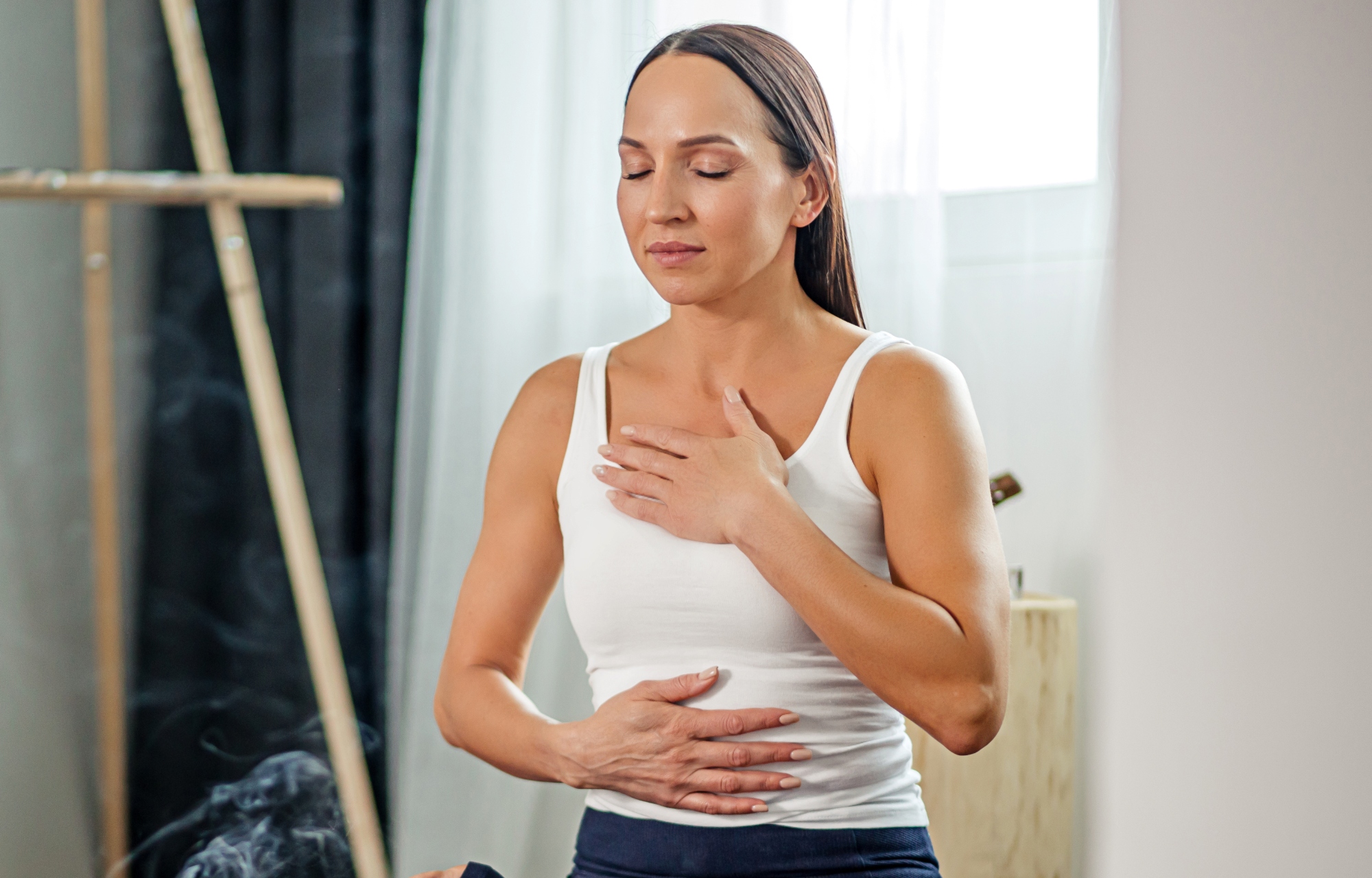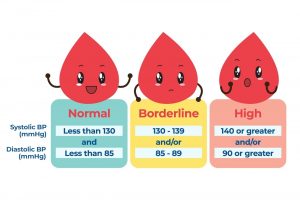
Lowering Blood Pressure Can Be As Easy As Breathing (Literally!)
High blood pressure, or hypertension, is a silent epidemic in Singapore. The 2023 National Population Health Survey revealed that 15% of adults aged 18 to 74 suffer from this condition, with prevalence increasing to 47.7% among those aged 70 to 74. Hypertension significantly raises the risk of heart disease and stroke. As the population navigates the challenges of fast-paced urban living and its associated stressors, finding effective yet simple ways to manage blood pressure is more crucial than ever. Among these, deep breathing emerges as a surprisingly powerful tool.

Credit: Singapore Heart Foundation
Breathing is an automatic process, yet the way we breathe profoundly influences our health. Stress and anxiety, common in Singapore’s high-pressure environment, often lead to shallow, rapid breathing. This response triggers the body’s fight-or-flight mechanism, raising heart rate and constricting blood vessels—both of which contribute to elevated blood pressure.
Deep breathing counteracts this response by activating the parasympathetic nervous system, which induces relaxation. This slows the heart rate, dilates blood vessels, and reduces the force of blood against arterial walls, leading to lower blood pressure. Studies have shown that practising deep breathing for just 10 minutes a day can result in measurable improvements in blood pressure, particularly in those with mild hypertension.
Living in a bustling metropolis comes with its share of stressors, from demanding work schedules to urban congestion. Chronic stress not only raises cortisol levels but also exacerbates hypertension risk. With one in three adults in Singapore already dealing with high blood pressure, lifestyle interventions like deep breathing can provide a much-needed respite.
By integrating breathing exercises into daily routines and using accurate blood pressure monitors, such as those offered by BUZUD, individuals can monitor their progress and reinforce the benefits of this simple practice.
The Science of Deep Breathing Techniques
Incorporating deep breathing exercises into your life doesn’t require much time or effort. Below are three methods proven to support cardiovascular health:

Credit: Activcore
- Diaphragmatic Breathing
This technique involves focusing on the diaphragm, the muscle responsible for deep breaths. Sitting comfortably, place one hand on your chest and the other on your stomach. Inhale deeply through the nose, ensuring your stomach rises while your chest stays still. Exhale slowly through the mouth, repeating the process for 10 minutes daily to stabilise blood pressure. - 4-7-8 Breathing
Inhale through your nose for four counts, hold your breath for seven counts, and exhale through your mouth for eight counts. This method not only reduces blood pressure but also calms the mind, making it a great way to wind down after a stressful day. - Resonant Breathing
Aim to maintain a consistent breathing rhythm by inhaling for five seconds and exhaling for five seconds. This technique promotes a harmonious relationship between the respiratory and cardiovascular systems, optimising heart function and reducing stress-induced blood pressure spikes.
 Deep breathing may lower blood pressure, but regular monitoring ensures you see and track the benefits. Using BUZUD’s blood pressure monitors, you can measure changes in real-time, reinforcing your commitment to healthy habits. Taking readings before and after breathing sessions helps you understand the immediate and long-term effects, empowering you to take control of your cardiovascular health.
Deep breathing may lower blood pressure, but regular monitoring ensures you see and track the benefits. Using BUZUD’s blood pressure monitors, you can measure changes in real-time, reinforcing your commitment to healthy habits. Taking readings before and after breathing sessions helps you understand the immediate and long-term effects, empowering you to take control of your cardiovascular health.
In a nation where over a third of adults battle high blood pressure, making small yet impactful changes can transform lives. Deep breathing is not just a relaxation tool—it’s a scientifically-backed method to improve cardiovascular health. When paired with reliable devices like BUZUD’s blood pressure monitors, it becomes a measurable and empowering strategy for better living.
So, the next time stress threatens to overwhelm you, remember: lowering your blood pressure is as easy as breathing. Take a deep breath, monitor your progress, and take one step closer to a healthier you.
No Comments
Leave a Reply
You must be logged in to post a comment.

